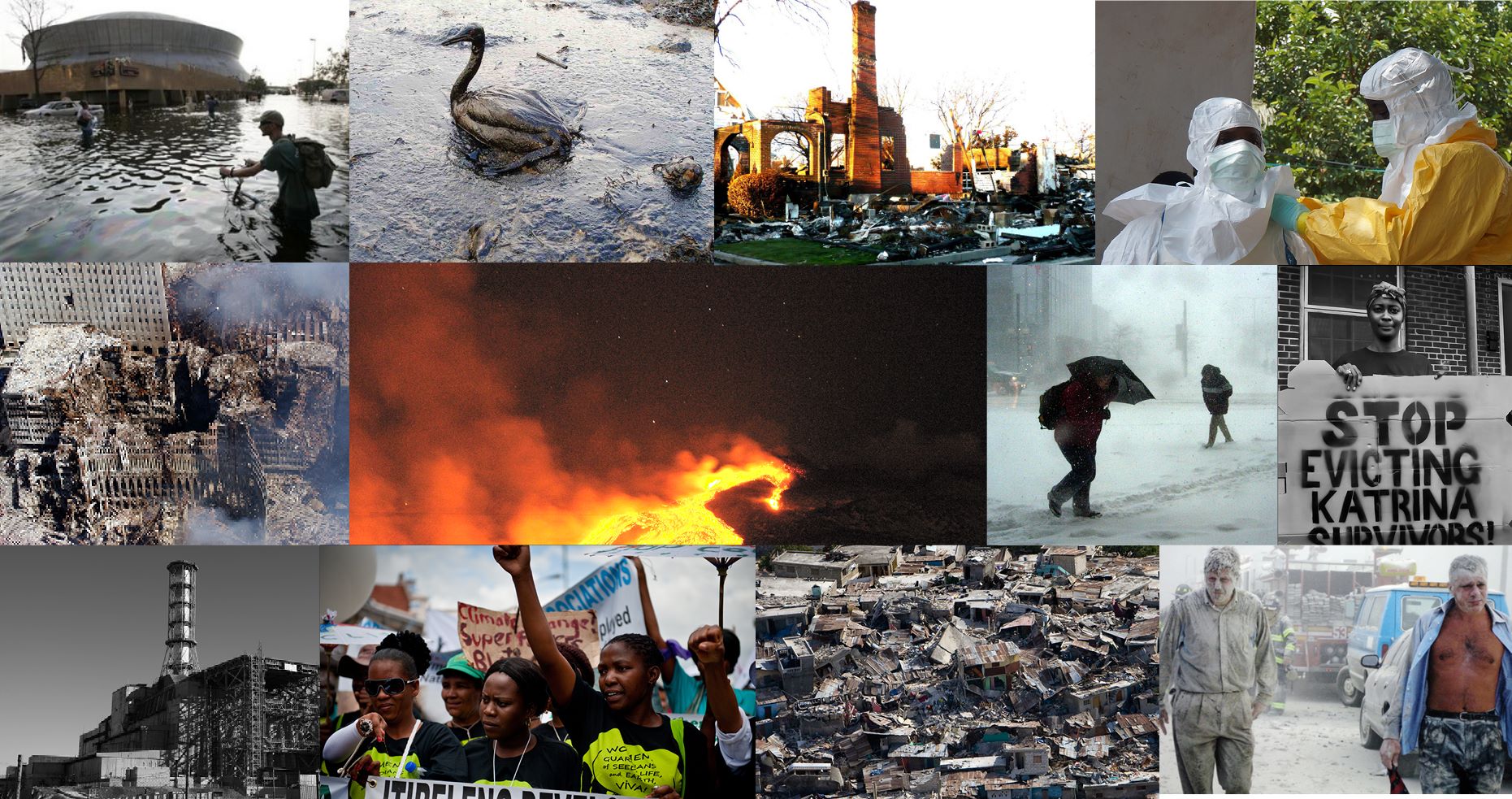The KATRINA@10 Program consists of an interrelated set of three primary data collection projects that focus on specific sub-populations who were uniquely affected by Hurricane Katrina; two secondary analyses of data that are more broadly representative of the overall affected population; and three cores to support the set of Research Projects.
Completed Research Projects

As the frequency and intensity of natural disasters continues to grow, best practices for mitigating disasters and reducing risk must always evolve as well. This study with the Association of State Floodplain Managers (ASFPM) surveyed state level floodplain managers to assess trends in funding, staffing, and practices for managing their floodplains. The findings are intended to assist the floodplain management community in identifying and reducing risk, and to serve as a current resource for policy advocates.

This exploratory research looked at the effectiveness of the tsunami awareness short video, “The First Sue Nami,” created by the Art Center College of Design for USGS’s Science Application for Risk Reduction division. The project involved developing and implementing a quasi-experimental evaluation approach to provide data to inform future messaging and communication strategies for tsunami awareness and protective actions in target populations.

This evaluation research supported the USGS SAFFR division’s HayWired Scenario Project and its mission to foster the use of science in earthquake-related decision-making. The overarching purpose of the evaluation activities was to provide information to the USGS and its key stakeholders regarding the development, implementation, and immediate outcomes of the Haywired Scenario.

This project supported NOAA’s Tsunami Program by using social science methods to identify strengths and weaknesses in Tsunami Warning Center (TWC) products and the TsunamiReady Program (TRP). Findings of this research provided guidance for improving products and education; developed ways to monitor and assess progress; and provided contents for a repository for social science research findings. The rationale for this social science research was that findings would support NOAA’s mission to provide reliable tsunami forecasts and warnings and promote community resilience.
A 2005 FEMA-sponsored study, Natural Hazards Mitigation Saves found that “brick and mortar” disaster mitigation projects save $4 for every federal dollar spent. This research focused on the returns to investment in community-based efforts such as disaster preparedness, outreach, partnership building, and public education—so called “whole-community” activities that are more difficult to quantify.

Despite its importance, relatively little attention has been paid to the temporary housing phase of disaster recovery. This study involved multiple trips to Haiti to track the progress of temporary housing activities, with an emphasis on decision making and planning by international agencies, the Haitian government, and non-governmental organizations.

The Department of the Interior (DOI) Strategic Sciences Group (SSG) is an innovative approach to conducting science during crisis. Created by Secretarial Order in 2012, the mission of the SSG is to conduct interdisciplinary science-based assessments of environmental crises and build scenarios of the consequences for use by decision makers. Scenarios varied in spatial and temporal scope and examined impacts on the ecology, economy, and people of the affected region. The purpose of OGS is to help inform the federal, state, and local response to rebuilding and restoring the US East Coast in the aftermath of one of the largest storms to ever impact the region.

The purpose of the SAFRR Tsunami Scenario Project was to foster the use of science in decision-making associated with tsunami events. The Hazards Center team conducted the evaluation of this extensive effort, which engaged multiple partners at local, regional, and national levels. The evaluation activities for the Tsunami Scenario Project provided feedback and information to the USGS and its partnering agencies to support the development and successful implementation of the project. Specifically, the evaluation focused on three key elements of the project: I) the engagement of port and harbor decision-makers in selected California cities; II) interagency coordination; and III) intra-agency coordination.


